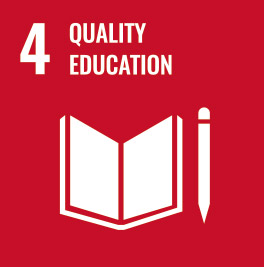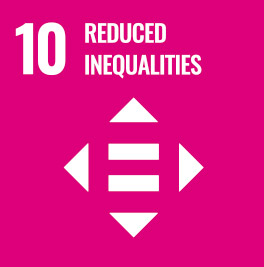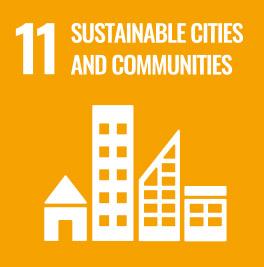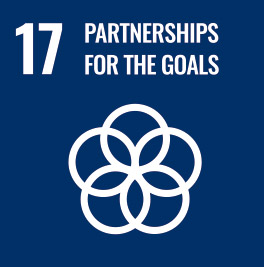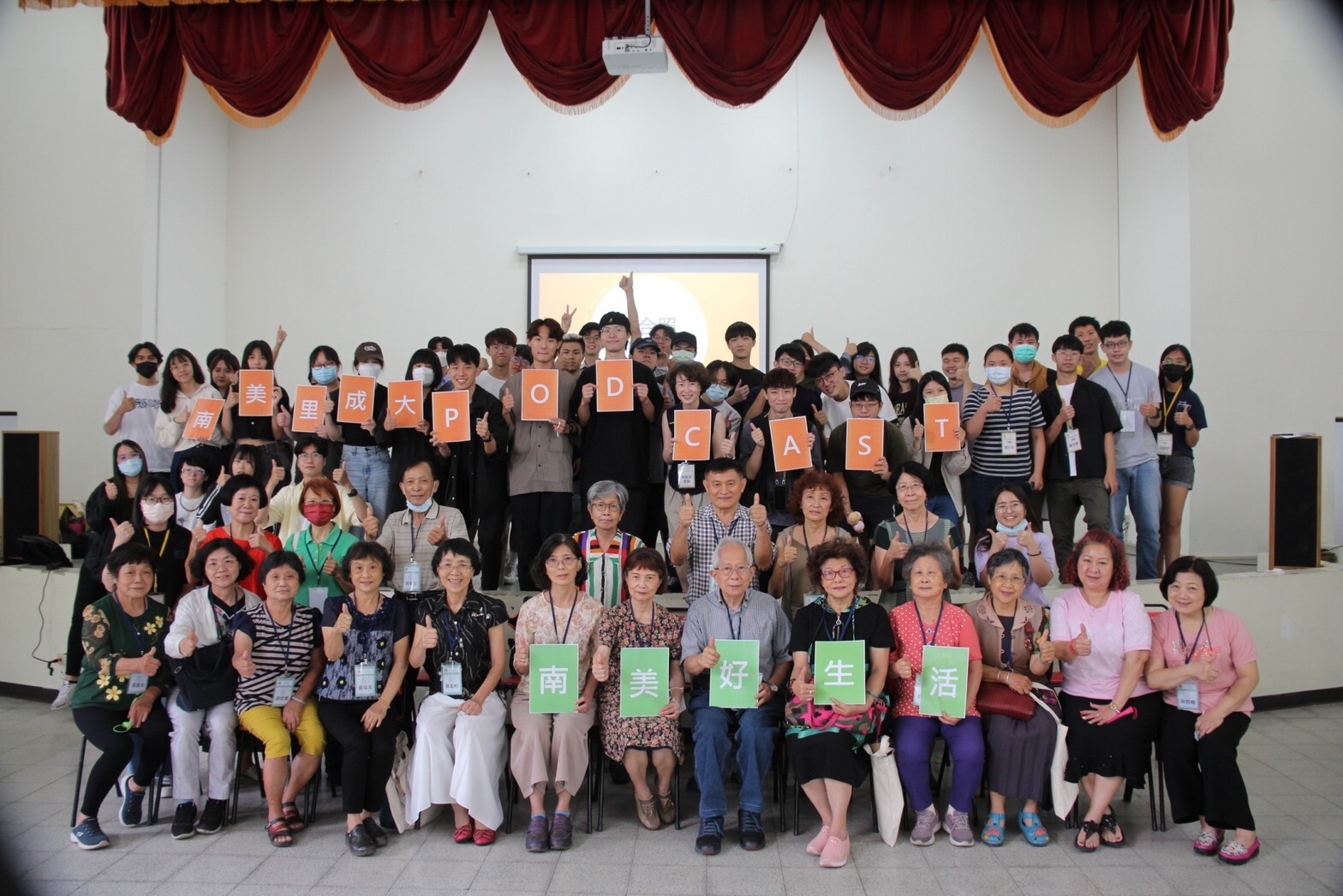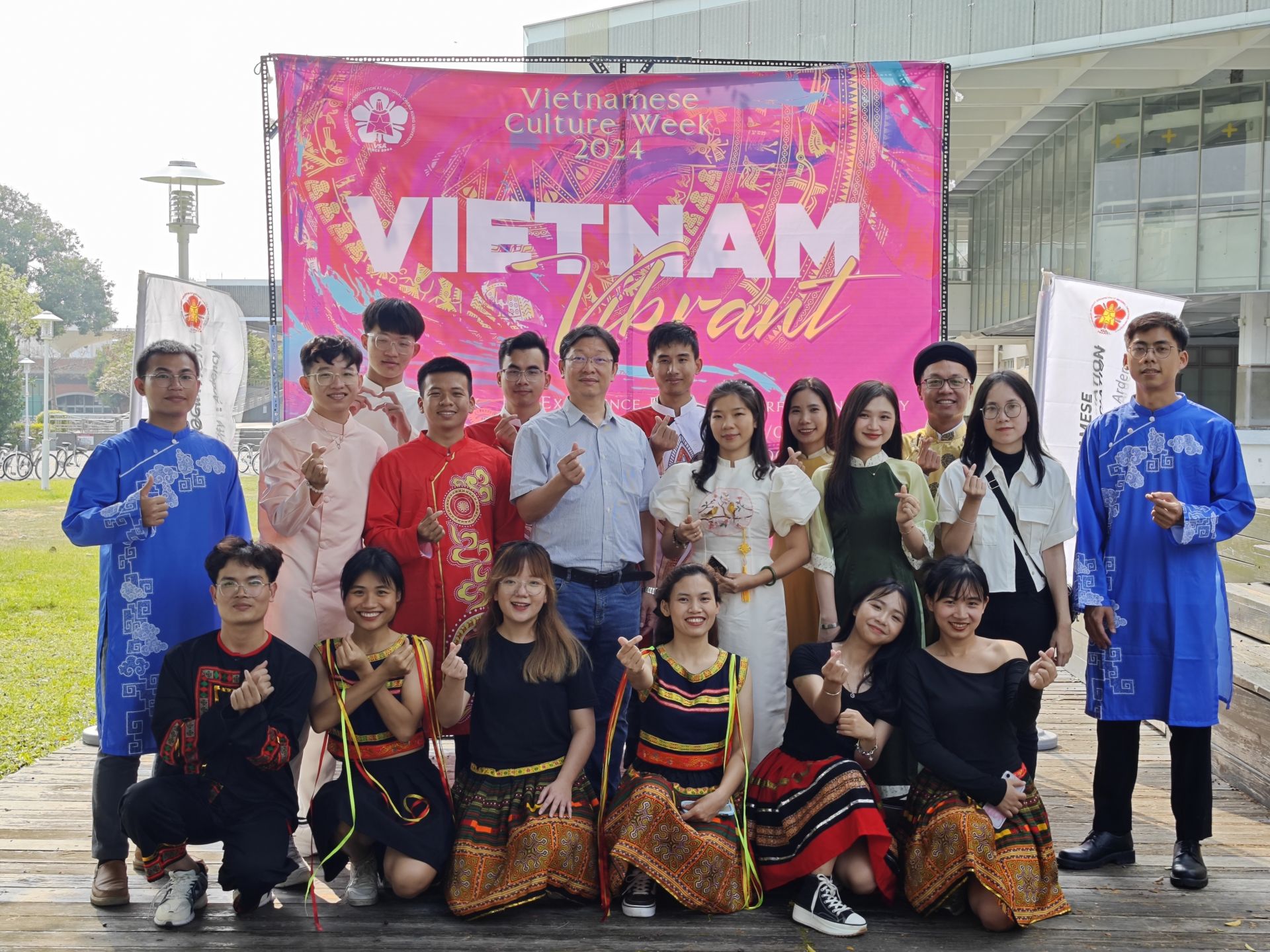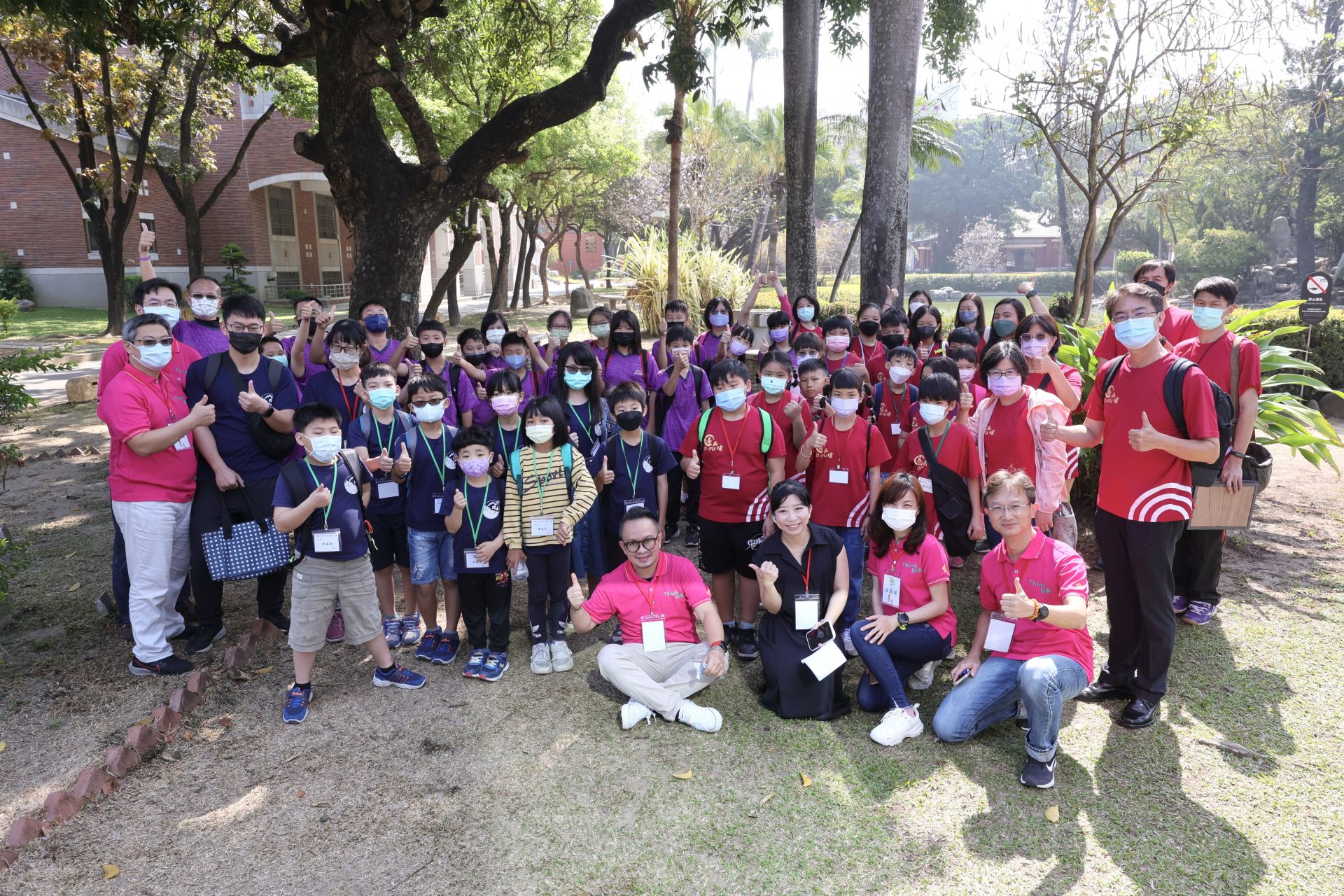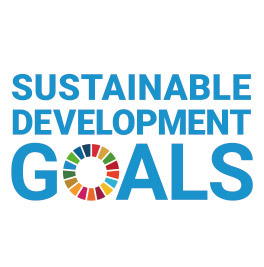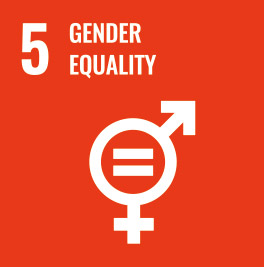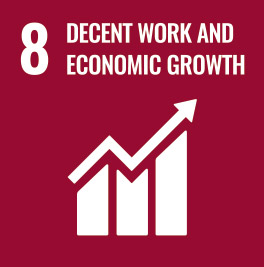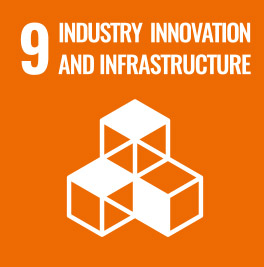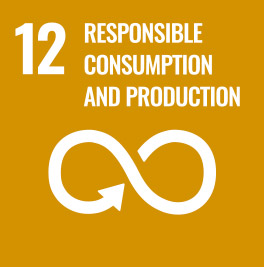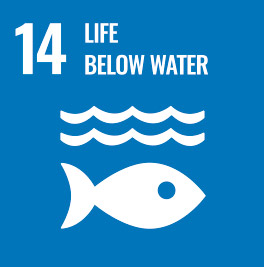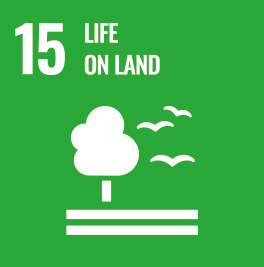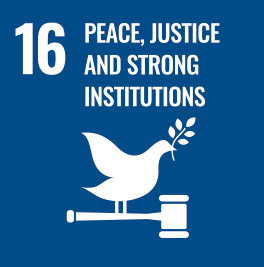AI Encounters Confucius: Future Scenario Exploration in NCKU’s Interdisciplinary Design Thinking & Co-creation Program
The course was designed and taught by Professor Chia-Han Yang, Director of the Institute of Creative Industries Design at NCKU. It began with an introductory practice exercise using the future campus of NCKU as a theme, guiding students to understand how to integrate scenario planning from futures thinking into the design thinking process. Building on that foundation, the course then addressed the ongoing spatial transformation of the Tainan Railway Underground Project. Students applied TDRI’s AI tool and experienced its human-machine collaborative capabilities in four stages: persona generation, trend exploration, scenario ideation, and contextual visualization. Ms. Yen-Chun Lin, Acting Deputy Director of TDRI’s R&D Division, along with three colleagues, traveled to Tainan to provide on-site guidance and technical support.
The course culminated in a scenario development project centered on the future of the Tainan Confucius Temple Cultural Park. Mr. Chung-Li Yeh, CEO of the Confucius Temple Cultural Foundation, was specially invited to present the vision for the 2030 senior-friendly campus and aging design strategy. He also led six student teams on a half-day field study at the Confucius Temple site, including neighborhood observation and interviews with local residents in the Central and West Districts of Tainan. In addition to using TDRI’s AI tool, the teams also incorporated tools such as LEGO bricks and large language models like ChatGPT to support scenario scriptwriting, trend keyword extraction, user needs exploration, and design idea generation—testing various modes of AI-human collaboration.
The four-day course concluded with team presentations showcasing future scenarios and design prototypes for the Confucius Temple. In addition to CEO Yeh, the presentations were attended by Dr. Chieh-Hsiu Liu from the Department of Geriatric Medicine at NCKU Hospital and several R&D staff members from TDRI, who offered feedback from diverse perspectives. The teams proposed imaginative ideas such as a nostalgic aging-friendly park for slow walking, intergenerational learning classrooms, literary-themed puzzle-solving experiences, communal dialogue spaces, and an A+ Generation co-learning platform. These creative concepts not only explored opportunities to revitalize cultural spaces in Taiwan’s super-aged society, but also demonstrated the potential for integrating aging-friendly design across various scales—spanning urban spaces, physical environments, activities, services, products, and digital interfaces.
Professor Yang emphasized that the course aimed to help students experience multidimensional value co-creation—integrating design thinking and future thinking, facilitating dialogue between digital tools and historical spaces, and fostering collaboration between AI and human design teams. From the content of the final presentations, it was evident that current AI tools have greatly enhanced the quality of design communication—whether within teams or with audiences—by enabling more efficient visualization of conceptual ideas. This advancement supports co-creation based on mutual understanding and accelerates the iterative process of design validation. In other words, “the purpose of human-AI collaboration is ultimately to achieve better human-to-human collaboration.”
After the project, students were encouraged to reflect deeply through a set of guiding questions: What aspects of your project did not require AI tools? How did you make use of the time saved by using AI tools? What AI design tools do you wish existed but don’t yet? How did working with AI tools change your own thinking? And what is the most important and irreplaceable ability of a human designer? As one student insightfully described, “AI tools are like canned food—they may replace some traditional cooking skills and speed up meal preparation. But more importantly, when a family can now sit down earlier to share dinner, the key is: how do we use that time to engage in meaningful conversations and connections that we never had before?” This reflection offered a vivid and heartfelt interpretation of the relationship between design thinking and AI tools.
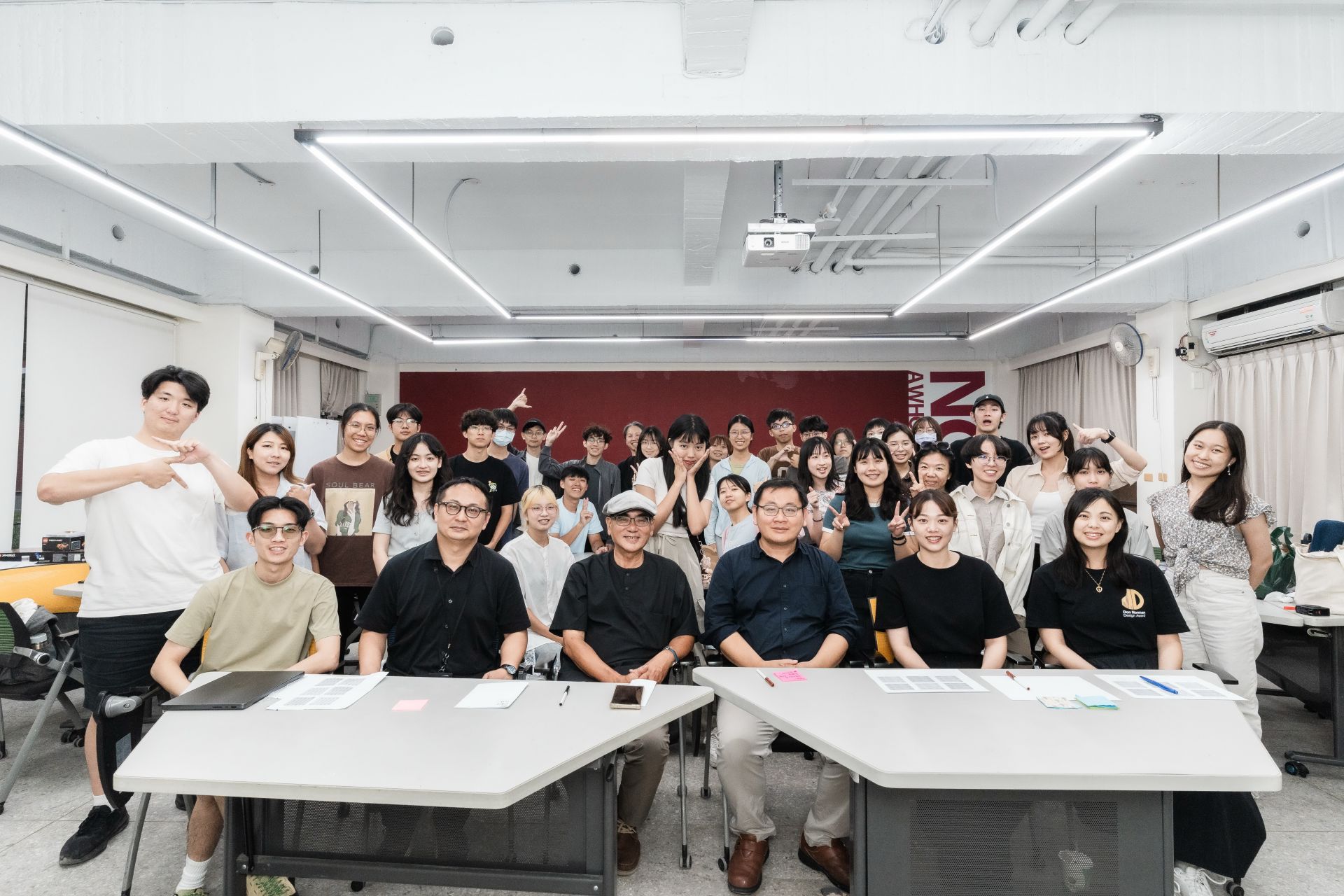
During the summer of 2025, the “Design Thinking III” intensive four-day course was conducted as part of the “Interdisciplinary Design Thinking & Co-creation Program,” offered by the College of Planning and Design at NCKU. Participating students presented proposal reports featuring future scenarios and design prototypes for the Tainan Confucius Temple.
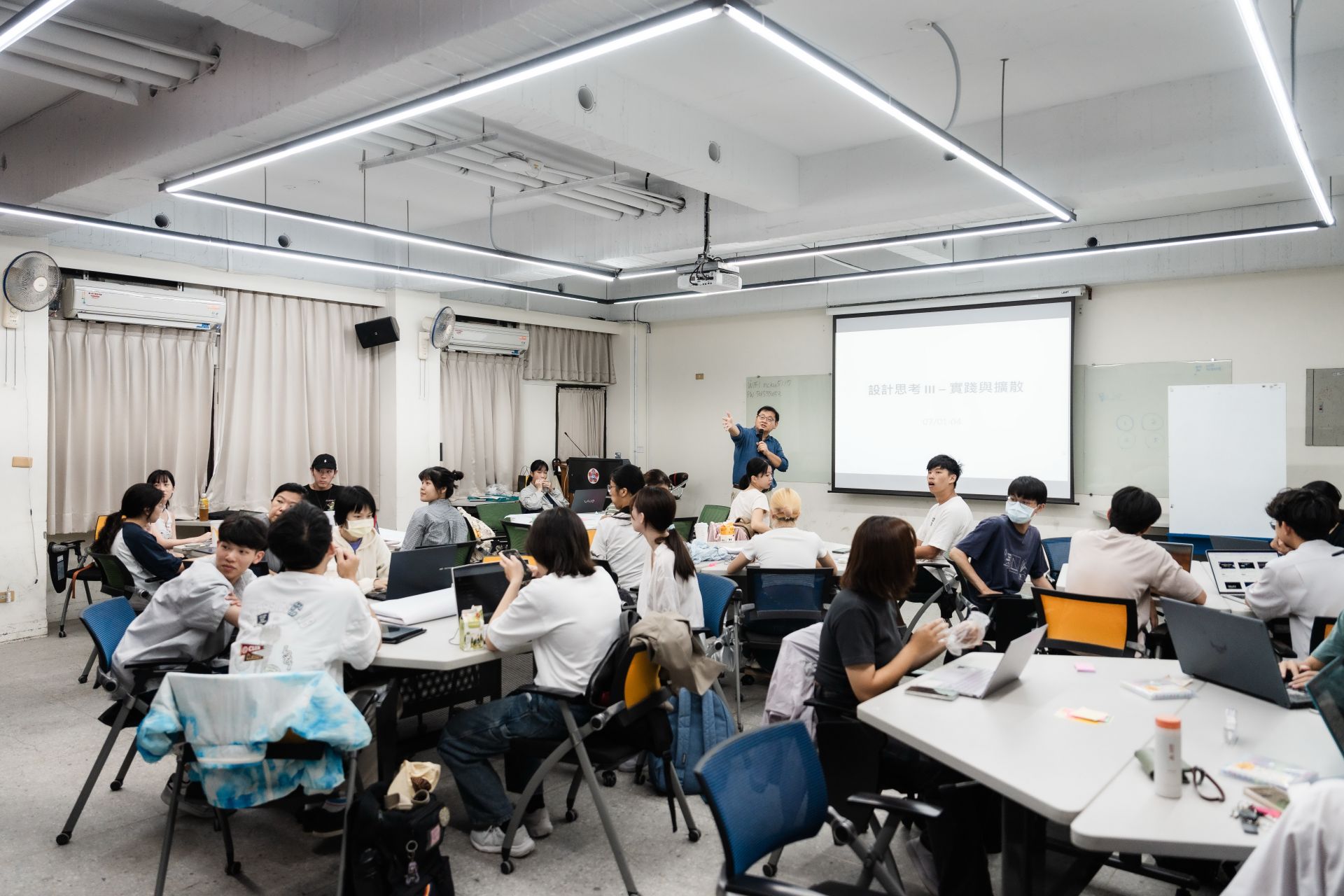
The course was taught by Professor Chia-Han Yang from the Institute of Creative Industries Design at NCKU, who led the integrated planning of futures thinking and design thinking.
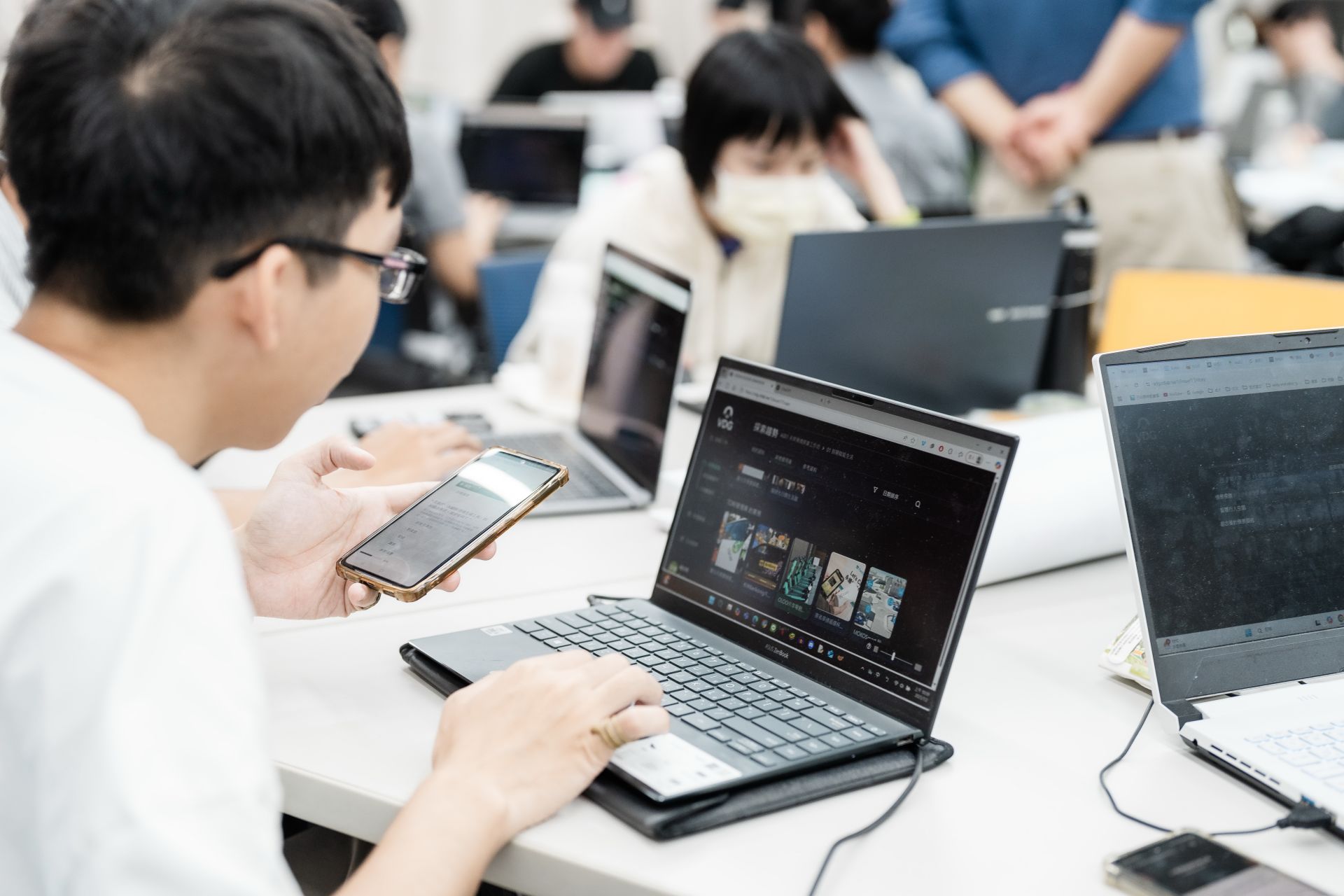
Combining methodologies of design thinking and future thinking, the course introduced the “Vision Design Generator,” an AI-powered innovative scenario generation tool developed by the Taiwan Design Research Institute (TDRI).
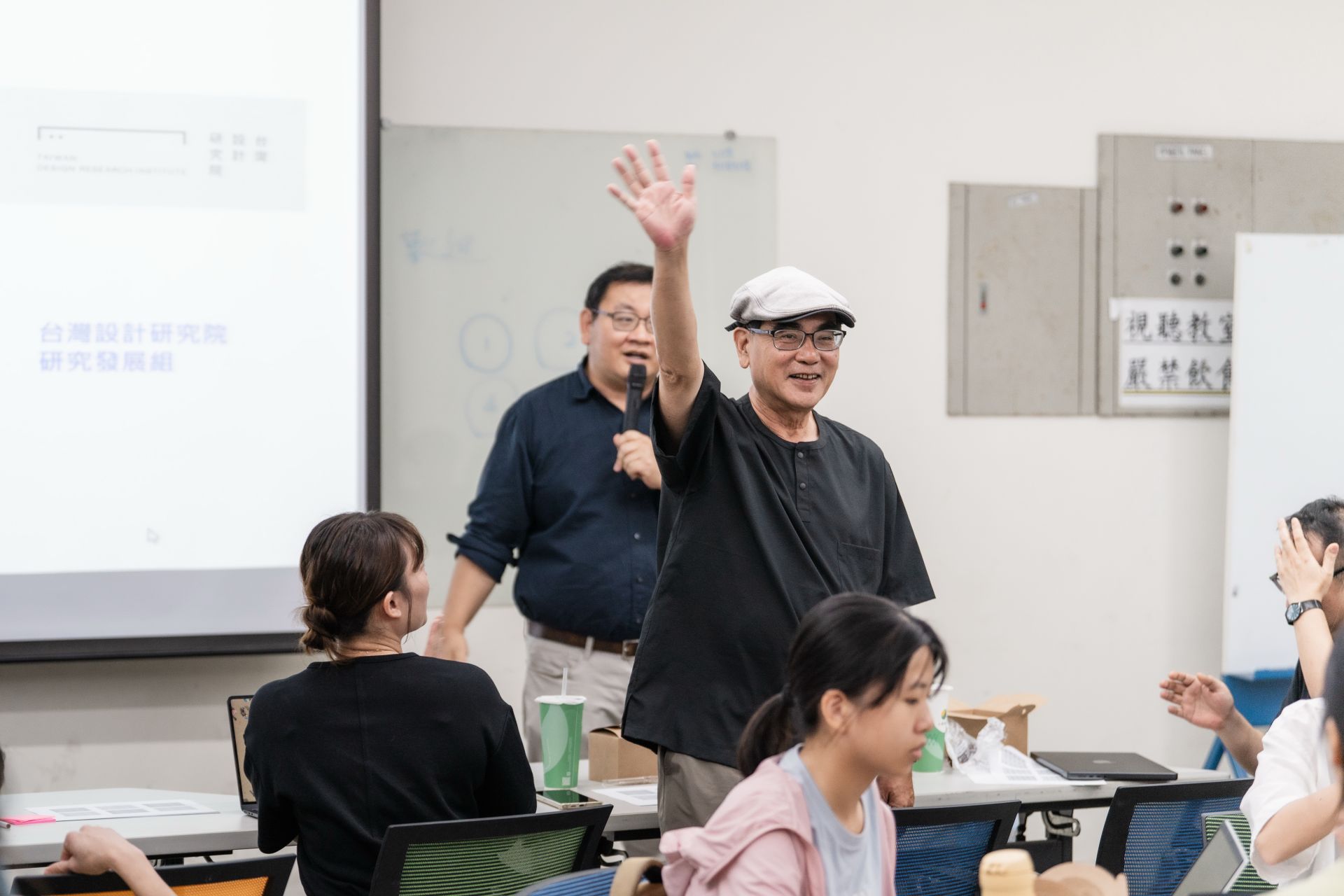
Mr. Chung-Li Yeh, CEO of the Confucius Temple Cultural Foundation, was invited to share the vision for the 2030 Confucius Temple Senior-Friendly Campus. He also guided six student teams through a half-day field study of the Confucius Temple site, including interviews and observations with residents of the Central and West Districts.
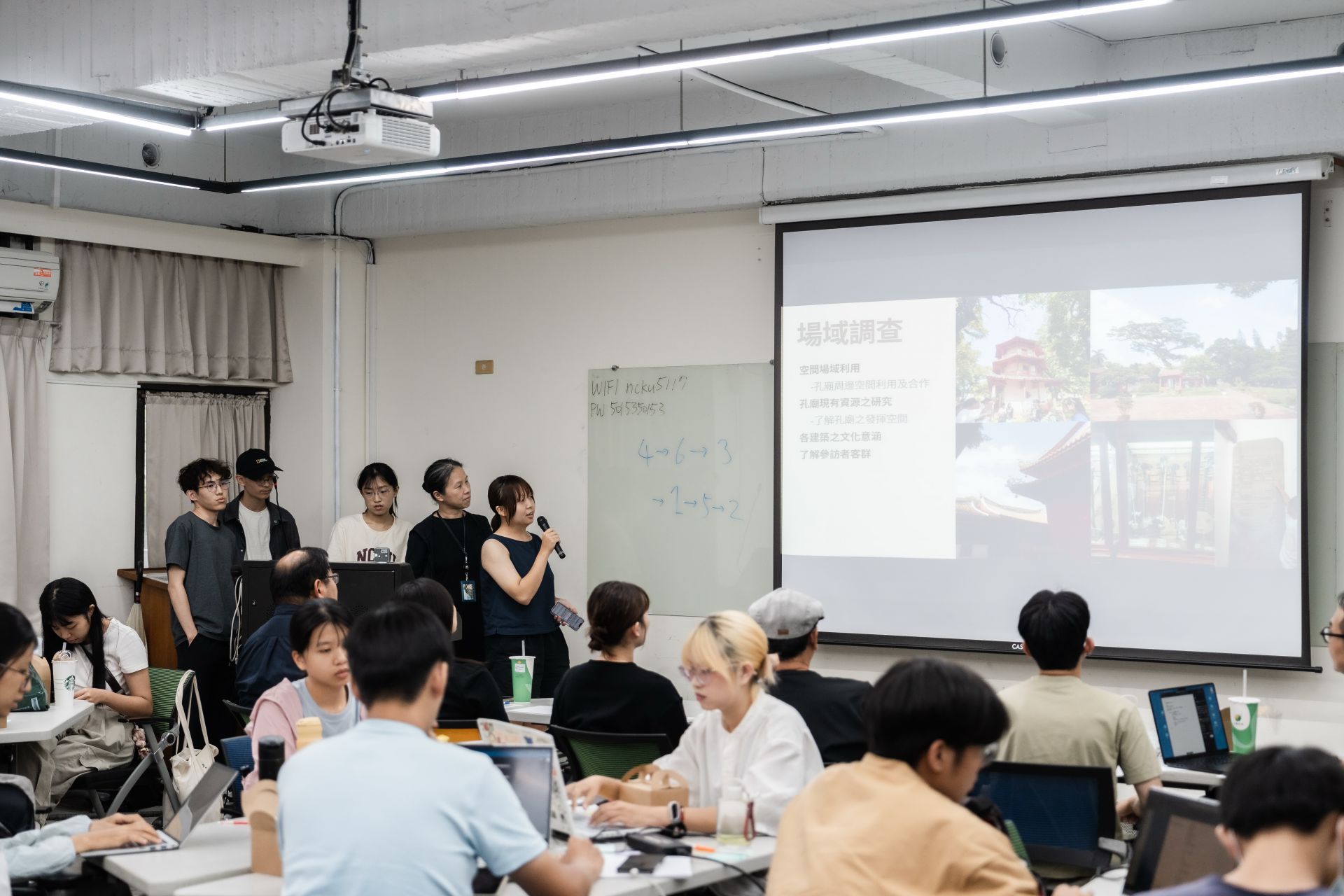
Each team’s proposal explored opportunities for revitalizing cultural sites in Taiwan in the context of a super-aged society, as well as the potential for integrating various design scales. The students also engaged in deep reflection on the relationship between design thinking and AI tools.



